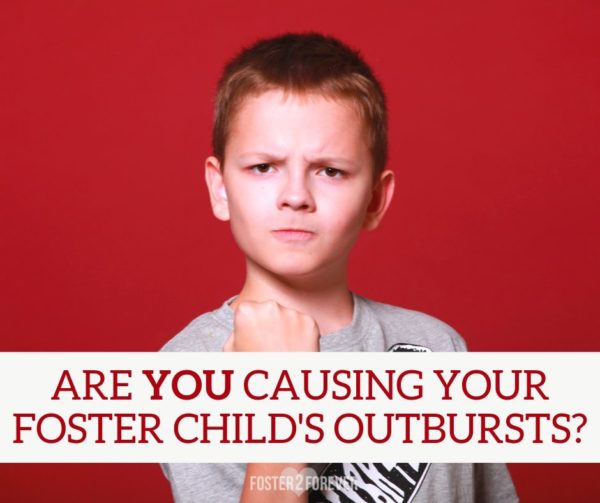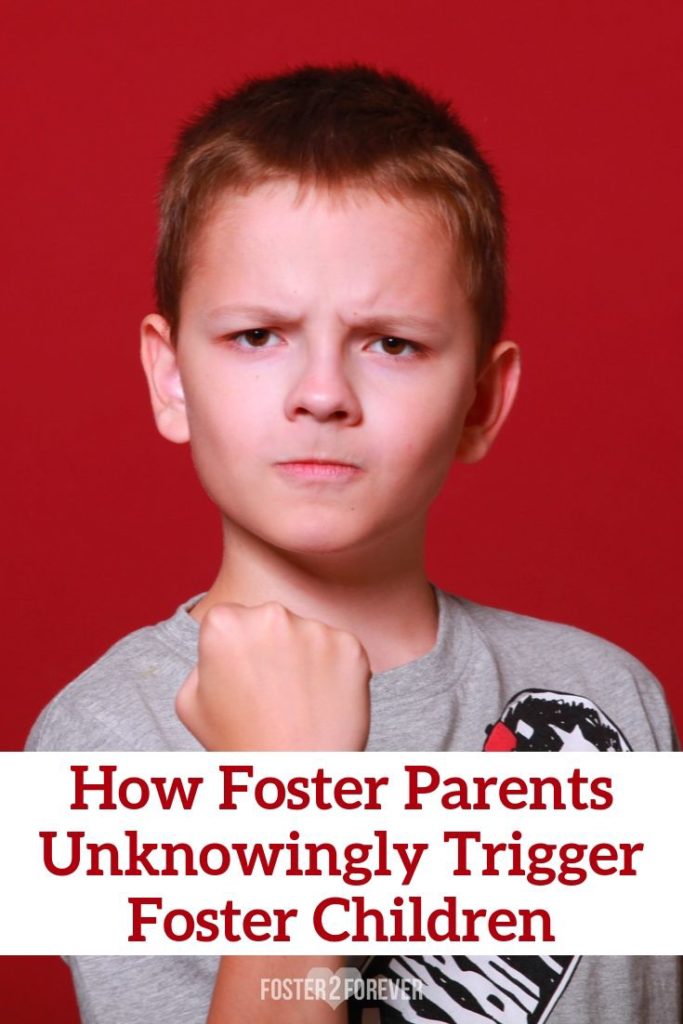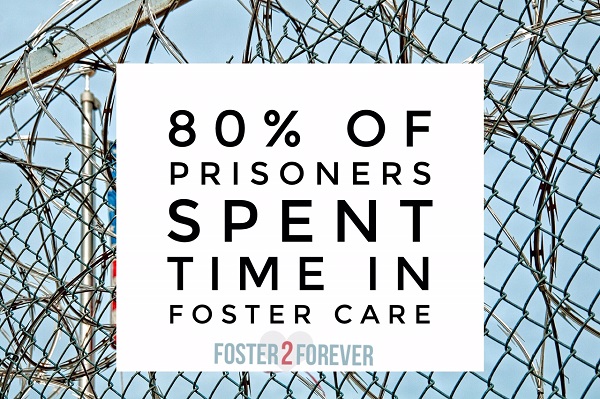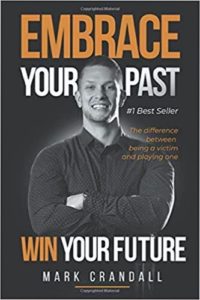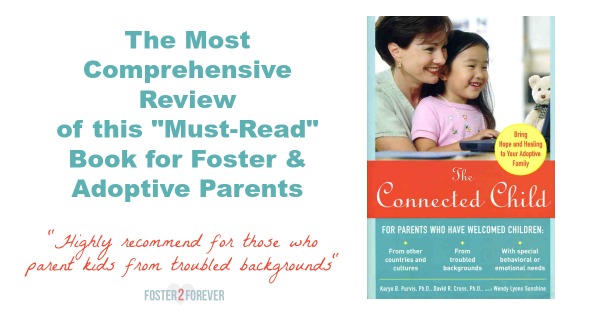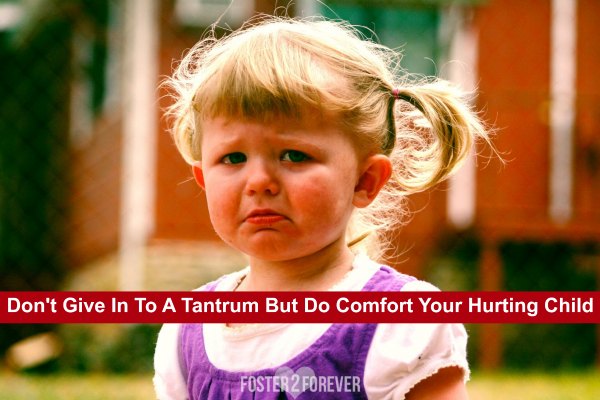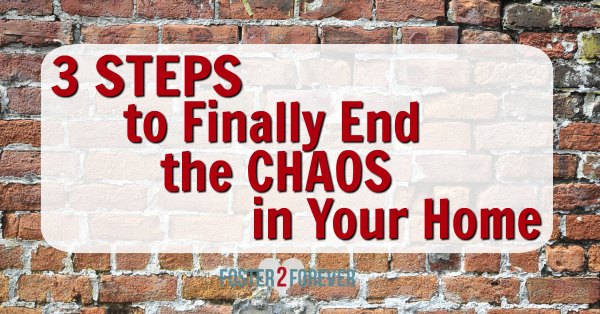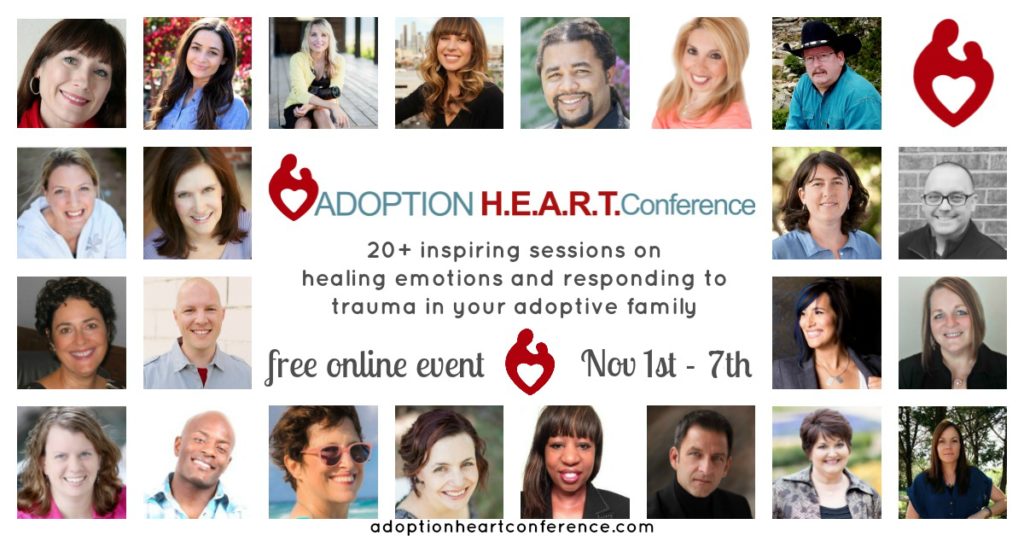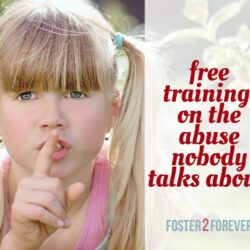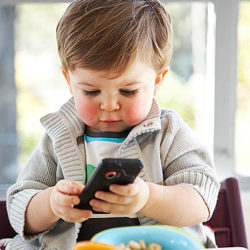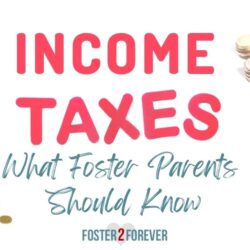Parenting an angry foster child can be frustrating, confusing, and sometimes quite overwhelming. Even the smallest things can cause an angry outburst.
My foster child was struggling to open the half-gallon of milk. But pulling the tab was a bit too complicated for her small hands. As I noticed her frustration building, I came over to help but then I saw RED all over the container!
“Oh no, sweetheart! Let me help you. You’re pulling that wrong! Is that BLOOD??!?”
Surprisingly, her reaction was of ANGER: “NO! That’s not blood! You’re so STUPID!”
I was befuddled as my angry foster child stormed off yelling at me. I had only been worried that she had cut herself on the plastic ring tab. Why did she go off on me?
Meanwhile, my husband had watched our interaction from the dining room. His observation made me realize how hyper-sensitive a child with past trauma can be.
“You told her she was doing it WRONG.”
Wow! A simple word. A word I had spoken. A negative word. WRONG.
One word can quickly make a hurt child feel stupid, unworthy, unloved.
One word can conjure up all sorts of feelings of self-doubt in a child from a hard place.
One word can cut deep into the soul of a traumatized child.
One word can plummet a child’s self-esteem with one utterance.
Foster children can be HYPER-VIGILANT OF EVERYTHING around them, including small words.
For instance, a traumatized child can pick up on the smallest negative nuance:
- One negative word,
- A negative connotation,
- A stern glance, or
- Even a simple sigh of frustration.
Moreover, that’s why each time you have a negative interaction with your foster child – evaluate how you communicated afterword.
- Were you calm in your interaction?
- Did you use a calm tone of voice?
- Did you come close to speak or did you speak across a room?
- Did you use negative words?
- Did you show any negativity?
- Did you show empathy for your child?
- What could you have said or done differently?
In short, by evaluating YOUR response to your foster child’s behavior, you can begin to identify triggers that may unknowingly be setting off your child.
By the way, the red wasn’t blood. It was smeared red Cheetos! Whew!
Check out these online courses for foster parents!

